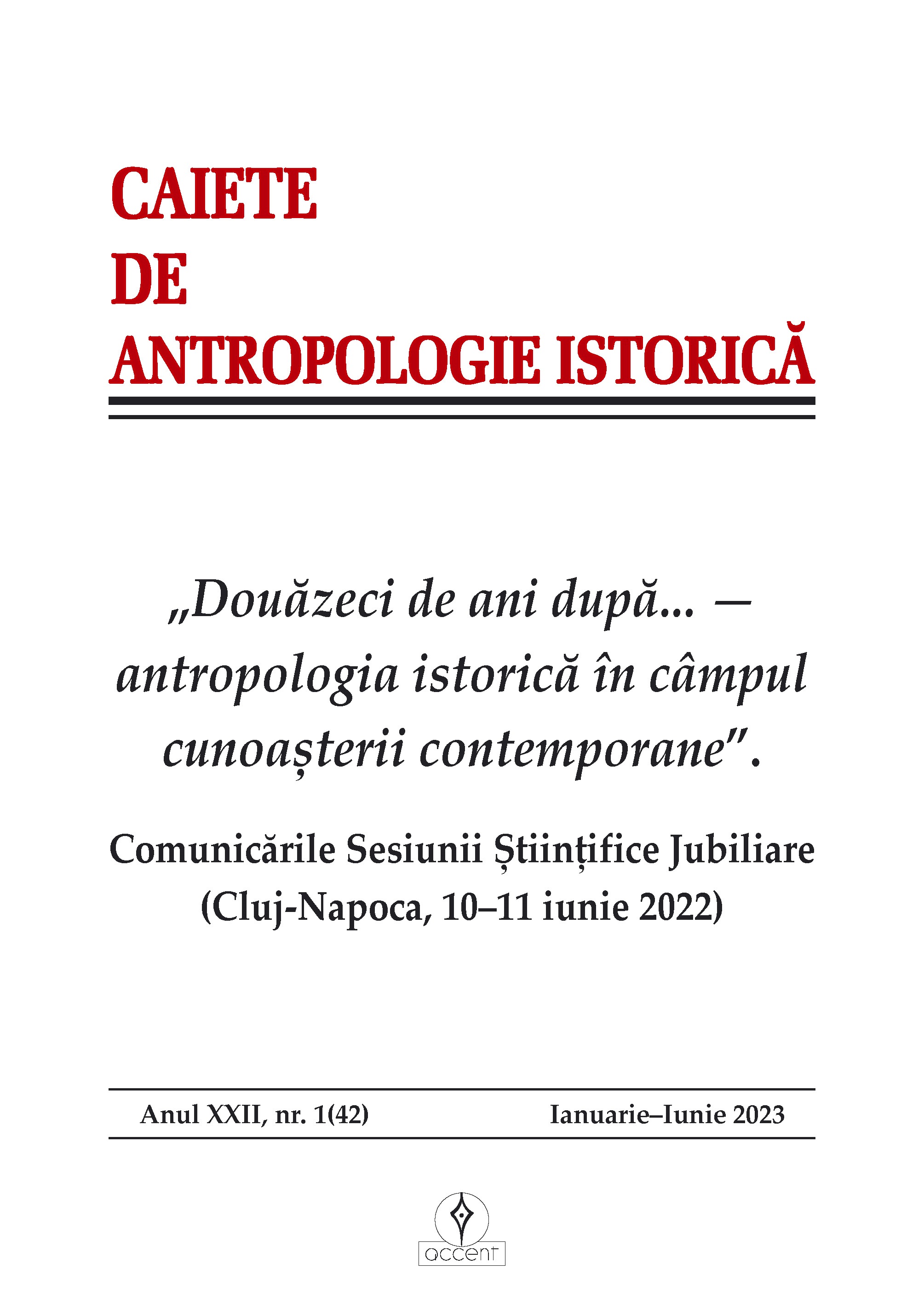Aspecte privind aplicarea Articolului 8 din Convenția de Armistițiu cu Națiunile Unite din 12 septembrie 1944 în județul Satu Mare
Aspects regarding the Application of Article 8 of the Armistice Convention with the United Nations of September 12, 1944 in Satu Mare County
Author(s): Ciprian PustaSubject(s): Diplomatic history, Local History / Microhistory, Political history, Social history, WW II and following years (1940 - 1949)
Published by: Accent Publisher
Keywords: House of Administration and Supervision of Enemy Assets (C.A.S.B.I.); Satu Mare; Armistice Convention; Article 8; County Office of Enemy Assets;
Summary/Abstract: The signing of the Armistice Convention with the United Nations on September 12, 1944, placed a heavy burden on Romania’s shoulders. Through its provisions, the Armistice Convention subordinated Romania’s economy to the interests of the Soviet Union. In the period October 1944-February 1945, the Romanian state took several legislative measures, in an attempt to ensure the execution of the provisions of Art. 8 of the Convention. Execution of Art. 8 of the Convention was given to an autonomous institution, to be placed under the authority of the Ministry of Finance. As a result, on February 9, 1945, the House of Administration and Supervision of Enemy Assets (C.A.S.B.I.) was established. Also on February 9, 1945, the Council of Ministers drew up a Journal, by which it decided to establish, within each County Prefecture, an Office of Enemy Assets. These Offices were external organs of C.A.S.B.I. and had the purpose of identifying, guarding, controlling, and administering the assets falling under Art. 8 of the Armistice Convention. Each Office had two services: the Rural Goods Service, which operated under the County Agricultural Chamber, and the Urban Goods Service, which operated under the County Prefecture. The main duties of the County Office of Enemy Assets were the identification, assessment and supervision of the assets, rights and interests provided for in Art. 8 of the Armistice Convention. The study presents some novel aspects regarding the organization and operation of the County Office of Enemy Assets in Satu Mare County. The application of the provisions of Art. 8 of the Armistice Convention in Satu Mare county was influenced by the ethnic structure of the county, by its location in Northern Transylvania, by the relations of the county authorities with the local ones, but also with the central ones, by the relations between the authorities and the citizens and last but not least by the relations between the inhabitants. During the studied period, Satu Mare county was inhabited by an important Hungarian and German (Swabian) ethnic community. According to a statistic regarding the numerical distribution of the population by nationality, drawn up by the Armistice Office in August 1945, out of 284,199 inhabitants of the total population of the county, 88,711 inhabitants were Hungarian (31%) and 5,593 inhabitants were German (2%). Hundreds of Hungarians and Swabians from Satu Mare came under the provisions of Art. 8 of the Armistice Convention, their goods entering the administration of C.A.S.B.I. This was one of the reasons why applying Art. 8 of the Convention in Satu Mare County requested the maximum activity of the competent authorities, the volume and pace of work submitted, the energies consumed being incomparably higher than in other counties.
Journal: Caiete de Antropologie Istorică
- Issue Year: 2023
- Issue No: 42
- Page Range: 180-191
- Page Count: 12
- Language: Romanian

